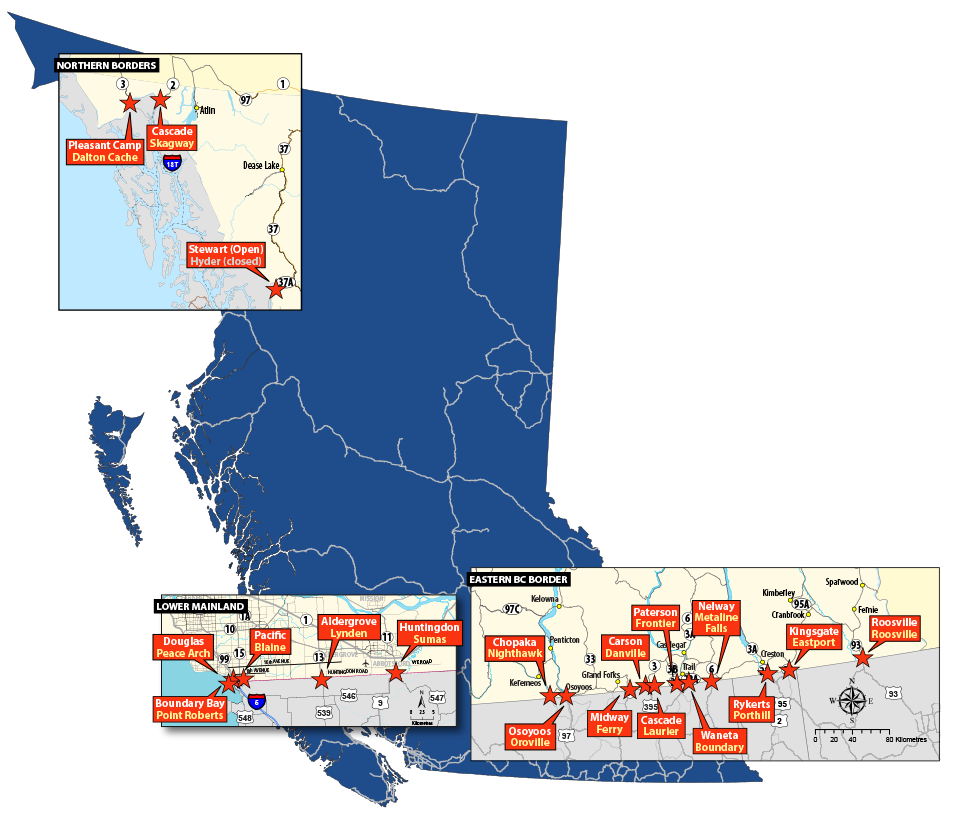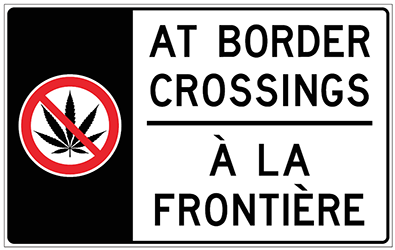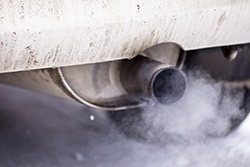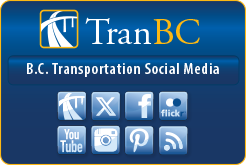Border Crossings
British Columbia is bordered by Northwest Territories, the Yukon and Alaska to the north, Alberta to the east and the U.S. to the south (Washington, Idaho, Montana). As you pass between British Columbia and Alberta you may be required to pay a fee as you enter a national park. Find out more about park fees.
Do you travel frequently to the U.S.? The NEXUS card can help you skip lengthy queues.
- Apply to join the NEXUS program
- Find information about using NEXUS at land border crossings
- Find NEXUS/Highway border crossings
Commercial drivers crossing borders may have special requirements.
- Information for out of province commercial drivers entering B.C.
- Passenger transportation requirements
- Learn about the federal Free and Secure Trade (FAST) commercial clearance program and FAST Lanes
B.C./U.S. Border
Find B.C./U.S. Border Crossings.
Click on inset maps for larger views.

Note: Although the U.S. border inspection station at Hyder is closed, travellers may cross between the U.S. and B.C. via the Stewart border crossing.
Advance Traveler Information System (ATIS)
The Advanced Traveler Information System (ATIS) uses in-pavement sensors and other digital technologies to estimate wait times at the Peace Arch, Pacific Highway, Aldergrove and Sumas B.C./U.S. border crossings.
Unfortunately the ATIS system has been experiencing hardware faults resulting in inaccurate wait time data during times of high traffic. For this reason the site has been take off-line until a solution is found. No estimate exists yet for when the site will return. We suggest use of the border cameras which may give you an understanding of traffic volume.
- View DriveBC border cams
- Check current conditions for southbound traffic at the B.C./U.S. border
- Check current conditions for northbound traffic at the B.C./U.S. border
Cannabis
Effective October 17, 2018, non-medical cannabis is legal in Canada. Crossing the international border with it is illegal, as cannabis remains a controlled substance under U.S. federal law.
You may see warning signs at the federal border crossings in B.C.

The U.S. administration has indicated that there will be no change to its approach at border crossings and has asked the Government of Canada to make Canadians aware that the transport of cannabis across the border is prohibited.
Greening the Border at the Peace Arch
Did you know that idling for more than 10 seconds uses more fuel than turning off and restarting your engine?
At the Peace Arch border crossing, a traffic signal moves traffic in pulses, allowing motorists to turn off their engines while waiting for the line ahead to clear. This reduces greenhouse gas (GHG) emissions from southbound traffic by an estimated 45 percent, and saves nearly half a litre of fuel per vehicle.

If all drivers avoided idling for three minutes a day‚ we would prevent 1.4 million tonnes of carbon dioxide from entering the atmosphere daily and contributing to climate change.
- Travelling with Cannabis
- Visit the Canada Border Services Agency website to find out more about border crossings
- Locate duty free shops
- Learn about the Canada-U.S. Transportation Border Working Group

